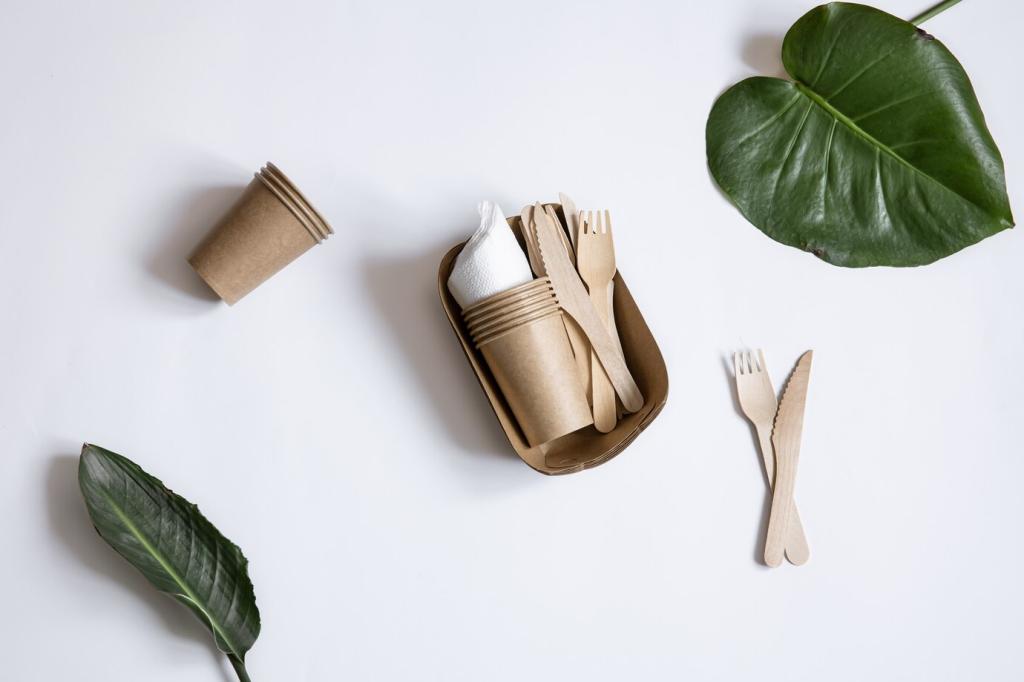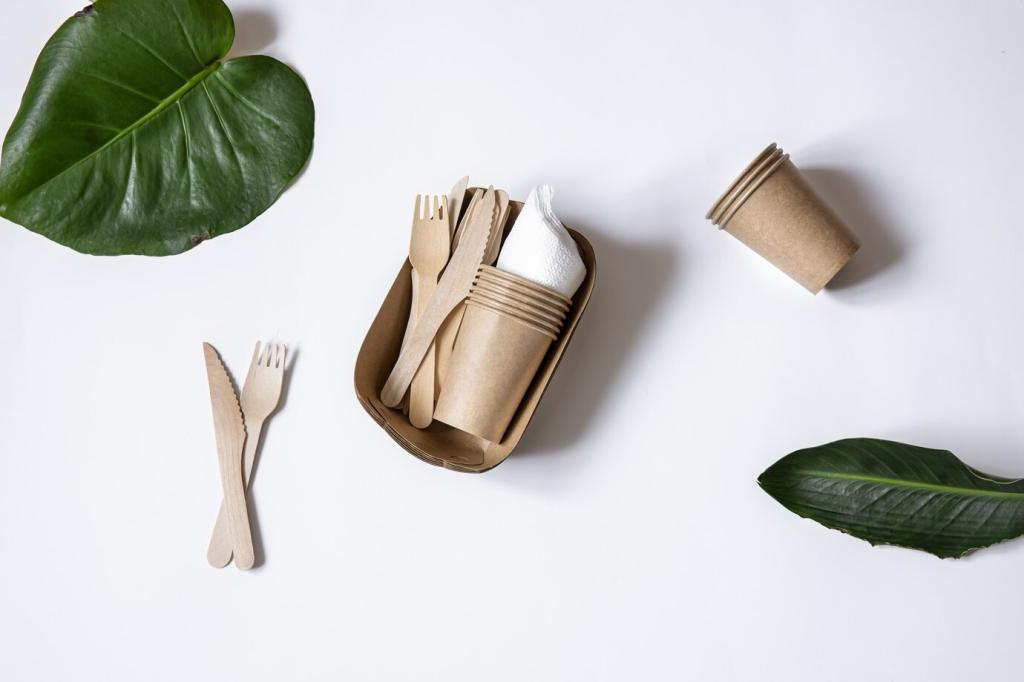Sustainable Materials 101
Recycled polyester and nylon can dramatically cut energy and emissions compared with virgin fibers, with recycled polyester often using up to 59% less energy. Seek products that disclose recycled content percentages, and share which brands you believe are most transparent.
Sustainable Materials 101
Look for Bluesign-approved textiles, GOTS for organic cotton, RDS or RWS for ethical animal fibers, and Fair Trade Certified factories. These labels raise the bar on safety, sourcing, and worker well-being, helping you buy with clarity and purpose.






